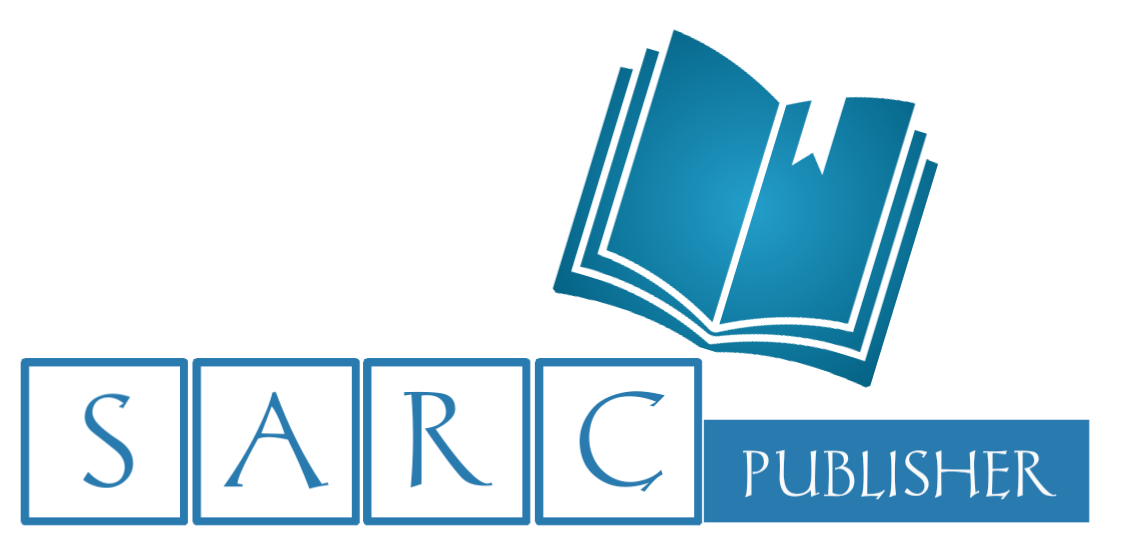Sarcouncil Journal of Applied Sciences Aims & Scope

Sarcouncil Journal of Applied Sciences
An Open access peer reviewed international Journal
Publication Frequency- Monthly
Publisher Name-SARC Publisher
ISSN Online- 2945-3437
Country of origin-PHILIPPINES
Impact Factor- 3.78, ICV-64
Language- English
Keywords
- Biology, chemistry, physics, Environmental, business, economics, Plant-microbe Interactions, PostHarvest Biology.
Editors

Dr Hazim Abdul-Rahman
Associate Editor
Sarcouncil Journal of Applied Sciences

Entessar Al Jbawi
Associate Editor
Sarcouncil Journal of Multidisciplinary

Rishabh Rajesh Shanbhag
Associate Editor
Sarcouncil Journal of Engineering and Computer Sciences

Dr Md. Rezowan ur Rahman
Associate Editor
Sarcouncil Journal of Biomedical Sciences

Dr Ifeoma Christy
Associate Editor
Sarcouncil Journal of Entrepreneurship And Business Management
A Methodology for Handling, Disposal and Management of Norm Waste in Oil and Gas Industry
Keywords: Waste, Oil and Gas Industry, Oil and Natural Gas
Abstract: Naturally occurring radioactive materials (NORM) associated with oil and gas production encompass hard and porous deposits, such as scales and sludges, found in tubulars and various topside equipment, as well as condensates that are extracted as liquids from natural gas. The activity concentrations of radium isotopes, specifically 226Ra and 228Ra, in these scales and sludges exhibit a wide range, from typical levels observed in soils and rocks below 1 Bq/g to concentrations exceeding 1000 Bq/g. Generally, the activity concentrations are lower in porous deposits and sludges compared to scales. The concentration of 210Pb tends to be relatively low in hard deposits but can reach thousands of Bq/g in sludges and in the very thin layers encountered during gas production. Significant quantities of NORM waste, surpassing the exemption limit of 10 Bq/g for 226Ra and 228Ra, are produced through both onsite and offsite decontamination processes of tubulars and various topside equipment. Onsite decontamination is typically preferred when components cannot be feasibly removed and replaced or do not require additional treatment prior to reinstallation or continued use. An example of onsite decontamination is the removal of accumulated sludges from separators and systems that manage produced water. Conversely, offsite decontamination is necessary when onsite methods are ineffective or pose radiological safety concerns, when components require refurbishment by specialized companies before reuse, and when components that will not be reused for their original purpose need to be cleaned. Additionally, the management and treatment of waste generated from the decommissioning of oil and gas production facilities is an increasingly pressing issue. This paper outlines the NORM wastes management process cycle as well as the disposal options for NORM waste originating from the oil and gas sector. The discussion will concentrate on four disposal alternatives deemed most relevant: (Strand, T. et al., 1997) re-injection through hydraulic fracturing alongside cuttings and other production waste, (Lysebo, I. et al., 1997) injection into the wellbore during plugging and abandonment operations, (Lysebo, I. et al., 1998) land disposal through burial of waste with encapsulation or surrounded by a concrete barrier, and (ICRP, 1991) depository in an abandoned mine, tunnel or other types of underground facilities
Author
- Naser Aljuwaisri
- Naser Aljuwaisri
- Mahrous Elsayed
- Radiation Protection Manager EGPC Egypt

